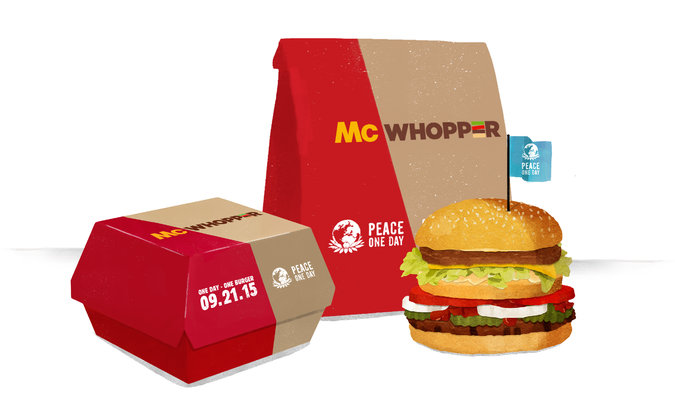
Burger King released a video proposal on Wednesday as an open letter to its No. 1 competitor McDonald’s, calling for the two burger powerhouses to bury the hatchet in honor of World Peace Day on September 21st.
The fast-food chain proposed a pop-up shop at the halfway between its headquarters in Miami and McDonalds’ headquarters in Chicago, in Atlanta as the middle ground. The shop would exclusively serve “The McWhopper,” half-Big Mac and half-Whopper, designed to “settle the beef” between the two companies for a day. In addition, to the video, the company also created a website illustrating the logistics of the proposal, even featuring an endorsement from nonprofit Peace One Day founder Jeremy Gilley and the recipe for the proposed hybrid burger.
However, the advertisement was seen by some as both a not-so-subtle challenge and a cheap marketing stunt, namely, by the face of McDonald’s himself, who released a public rejection letter of the proposal. “We commit to raise awareness worldwide, perhaps you’ll join us in a meaningful global effort?” wrote Steve Easterbrook, CEO of McDonald’s. “And every day, let’s acknowledge that between us there is simply a friendly business competition and certainly not the unequaled circumstances of the real pain and suffering of war.”
Despite what is clearly a highly-publicized branding move, Burger King seems sincere in its efforts to contribute something meaningful using its status as a popular fast-food chain. McDonald’s seems a little more reluctant to do so, at least in partnership with Burger King.
So who “won”? McDonald’s is making it clear that they refuse to play the game, and in terms of tactics, what was doled out to them as a friendly curveball was slam-dunked over Burger King’s head. But the circumstances of the offer should be taken into account as well. Was it smart or snobby for McDonald’s to reject the offer given that it was for a good cause, especially considering McDonalds’ struggle to stay relevant as of late? You decide.
But all things considered, McDonald’s had better come up with a really great campaign with all this talk of “global awareness.”
What Sparks Our Fire: Creative inter-brand collaborative marketing campaigns (and a little beef)
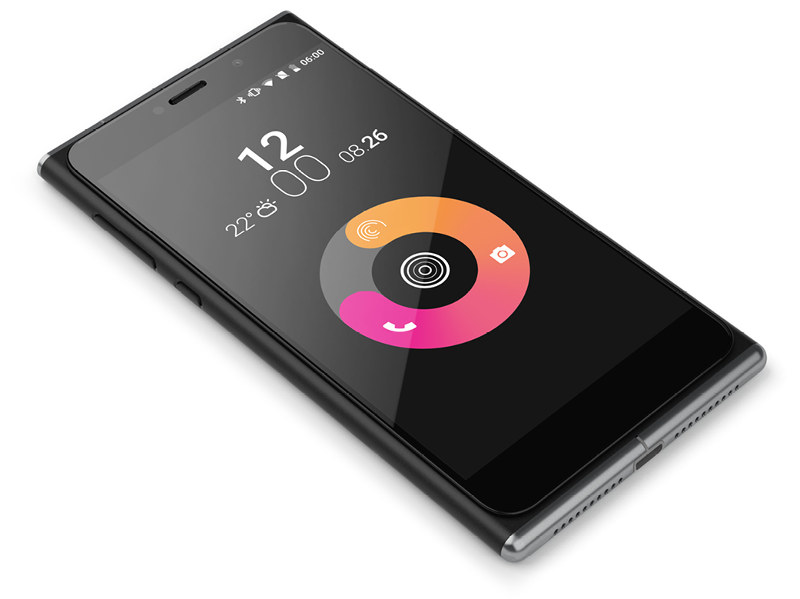

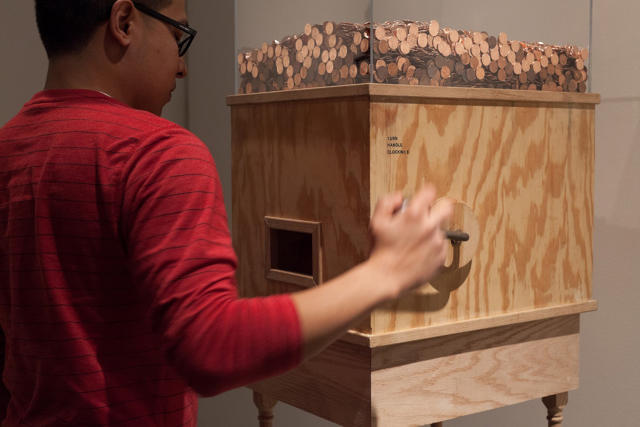
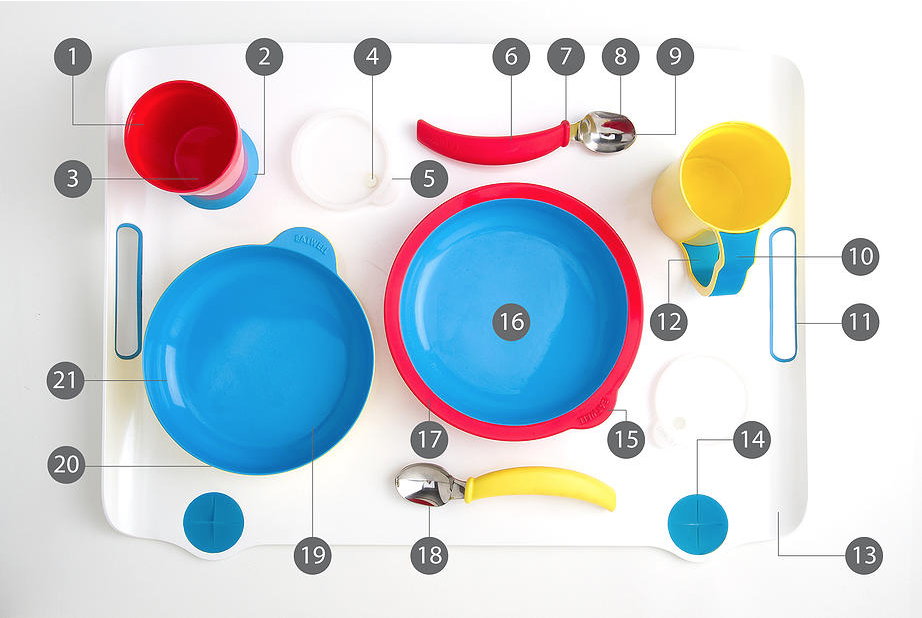

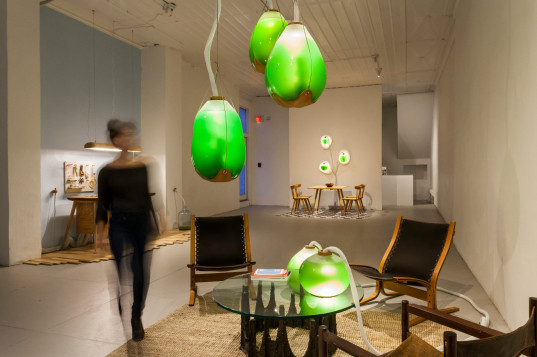 “Living Things
“Living Things